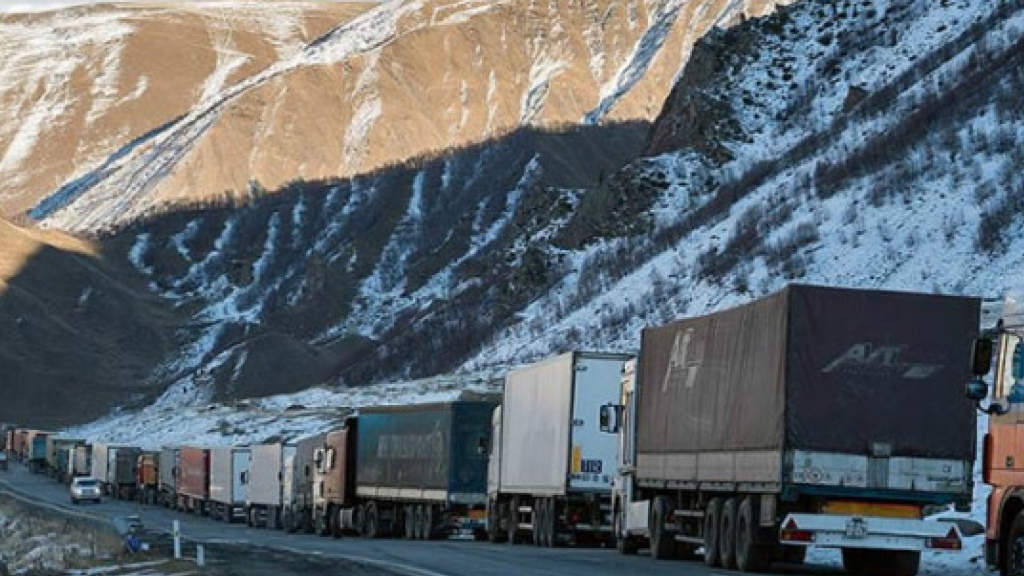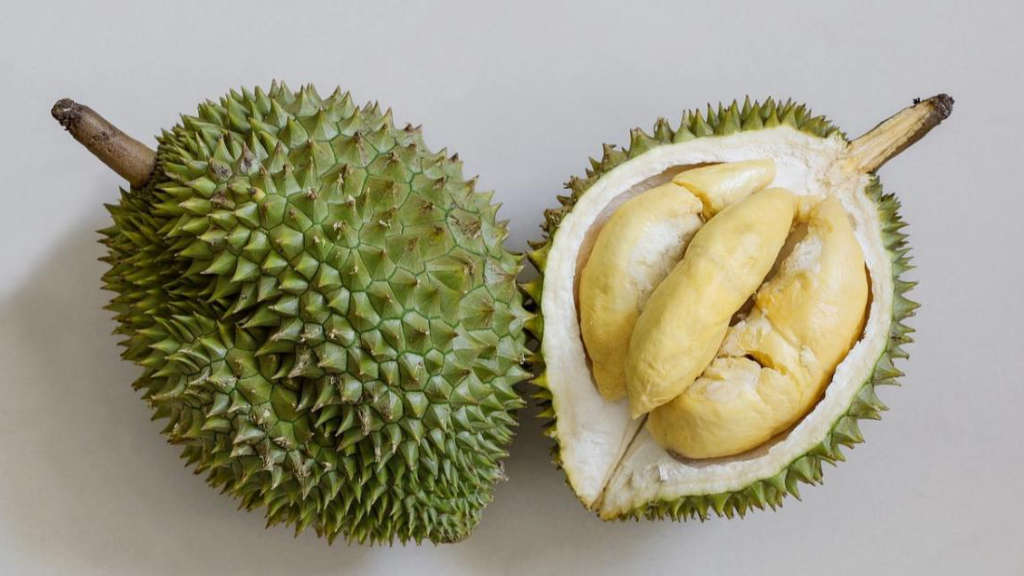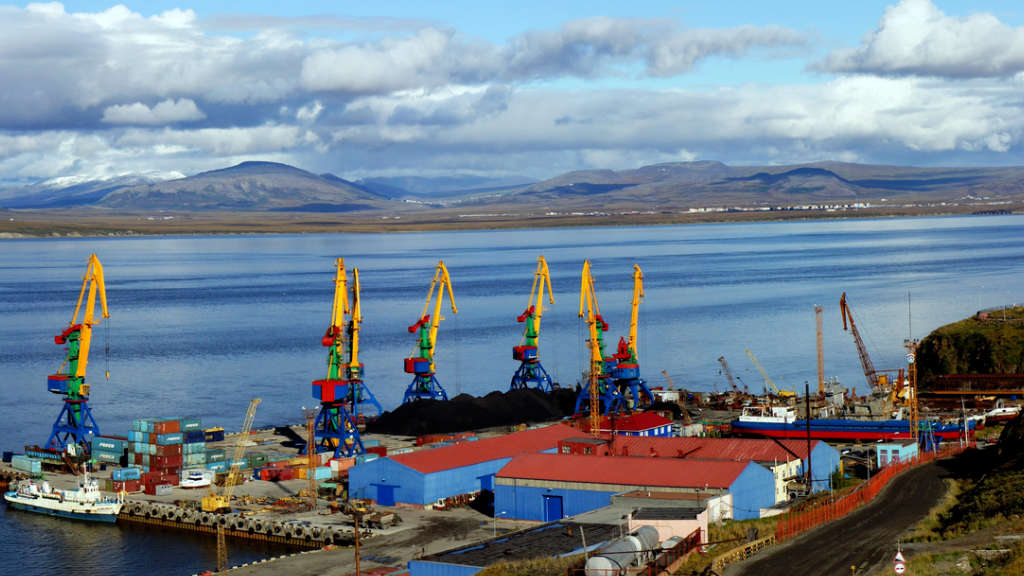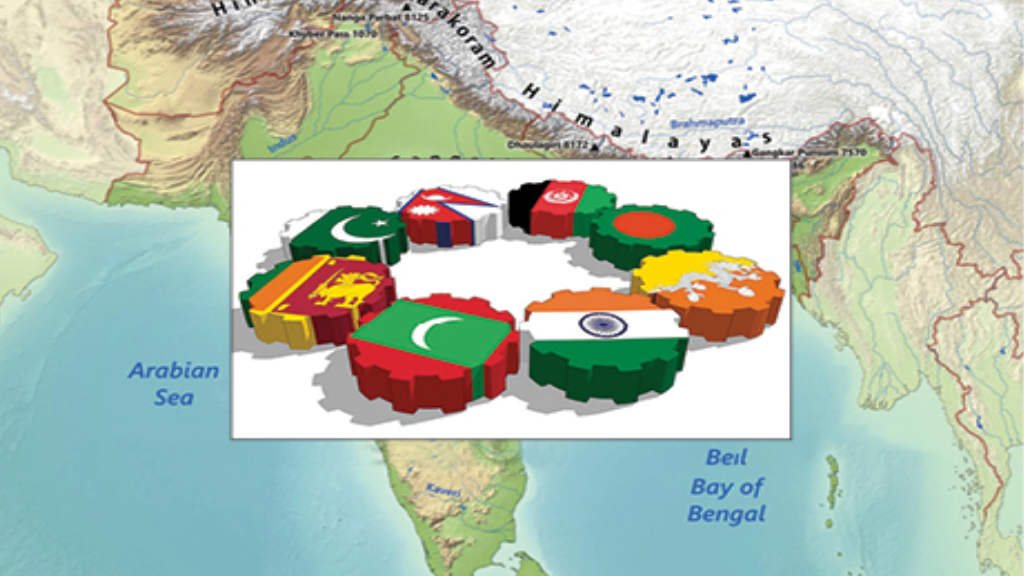Russia’s Ministry of Transport of Russia calculations for 2024 land border crossing have been evaluated and found some surprising conclusions –the largest volume of goods transiting Russia by road were sent not across the border of Russia with China, but across the border of Russia with Georgia through the Upper Lars checkpoint. That was followed in second place by the Yarag-Kazmalyar checkpoint on the border with Azerbaijan.
In total, by the end of 2024, 4.8 million tonnes of cargo were transported through the Upper Lars checkpoint on the Military Highway on the Russia-Georgia border. The Yarag-Kazmalyar checkpoint on the Russia-Azerbaijan border handled 3.7 million tonnes of cargo, while the Zabaikalsk-Manzhouli checkpoint, between Russia and China is in third place with 2.5 million tonnes of cargo.
However, this trend is quite simple to explain as the bulk of goods and raw materials in communication with China – which remains Russia’s largest trading partners – are transported by sea and rail. Road deliveries to China are the least bulk usage option.
This trend also illustrates the capabilities of the parallel imports into Russia, where European manufactured goods transit through Georgia or Turkiye onto Russia. RPA visited the Georgian Military Highway last summer and observed first hand the volume of traffic along the route, with lorries backed up for long distances waiting to cross. We even saw trucks with Armenian licence plates transporting brand new Porsche cars into Russia.
There are other fluctuations that sometimes result in more activity for road haulage, when due to difficulties with the shortage of fitting platforms for shipping containers from ports and rising tariffs midway through 2024, logistics operators temporarily shifted to road transport, but these occasions are becoming less common as Russian maritime supply chain bottlenecks are being dealt with.
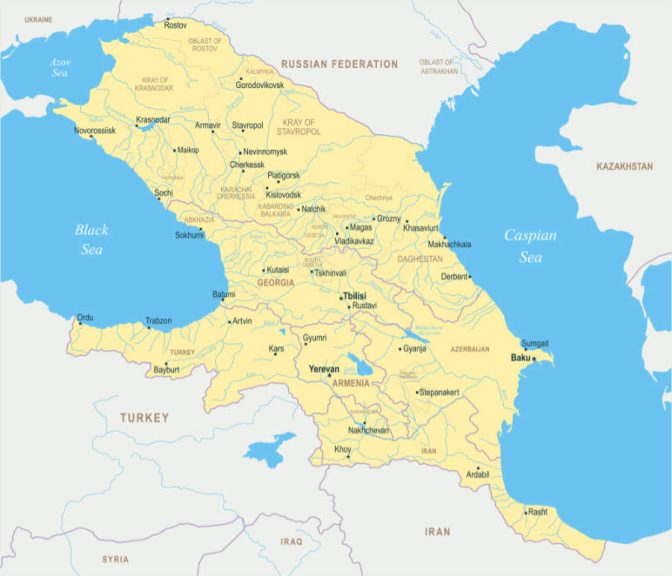
However, due to geographical peculiarities of Russia-Georgia supply chains rely on road transport. The lack of railway connections remains a problem. There is only one railway line between Russia and Georgia, but there has been no railway connection between Georgia and Russia since the early 1990s, when Georgia lost control over Abkhazia.
Russia’s railway connectivity with Azerbaijan however is currently being developed. At the end of last year, an agreement was signed between Russia and Azerbaijan, according to which Russia must provide a guaranteed volume at least 5 million tonnes per year to the Azerbaijani side for rail transit. That agreement will come into operation from January 1, 2028, when the Rasht-Astara section on Iran’s border with Azerbaijan will be put into operation. That means that rail transport directly from Russia to Iran via Azerbaijan can be routed, as part of the North-South International Transport Corridor from Russia to markets in Iran, to the Persian Gulf and beyond.
Further Reading

